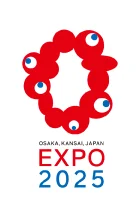
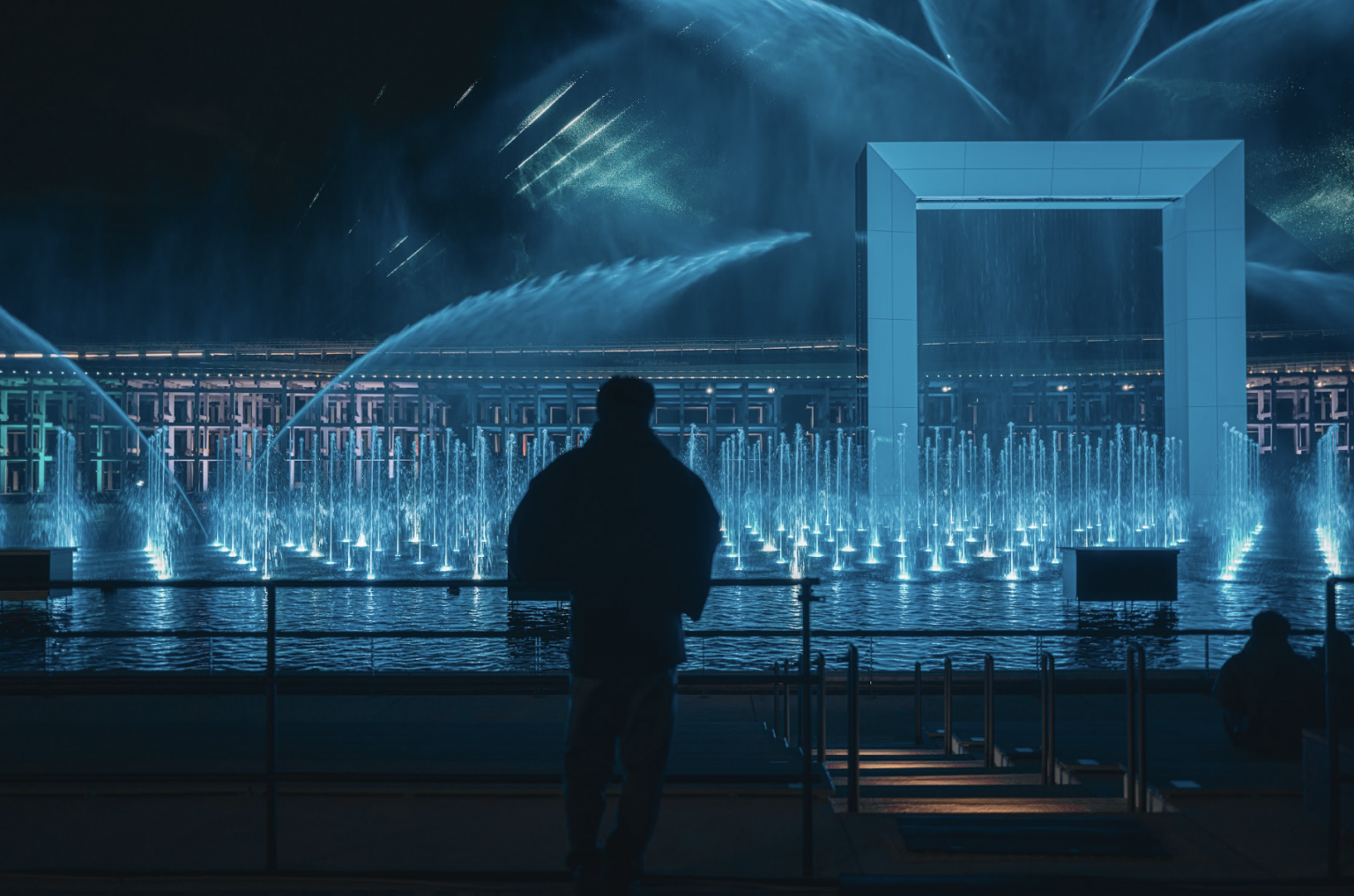
“What I wanted to create was a seed of hope for the future.”
Creative Director – TANAKA Naoki
The spectacular water-and-air show “Under the Midnight Rainbow”, said to be one of the largest productions in Expo history, is moving hearts every night with its breathtaking scale and emotionally resonant storytelling—fascinating visitors from around the world. We sat down with TANAKA Naoki, the creative mind behind the concept, planning, and direction of the show, to hear about the three-and-a-half-year production process and the vision behind it. This special feature also includes a rare look at original proposals and production materials.
Official site of Under the Midnight Rainbow
SUNTORY’s EXPO 2025 Special Website
DAIKIN’s EXPO 2025 Special Website
— The show is absolutely incredible. The scale, the never-before-seen effects, the rich narrative. It transcends language and nationality and has resonated deeply with so many people.
Thank you. Honestly, because of the nature of the production, even I couldn’t see the show’s final form until the equipment and fountains were installed on-site about a month before the Expo opened. So, I was really relieved to receive such a warm response from the audience.
— What was it like seeing reactions from visitors for the first time?
Actually, the first reactions I saw weren’t from visitors. We were running rehearsals every night, but unlike the pavilions, we couldn’t keep it a secret since our show is completely out in the open. Night after night, domestic and international pavilion staff and construction workers would come to watch. And every night, they were moved to tears. Some even hugged us [laughs]. That was the first time I felt sure that it was reaching the audience.
— So, it was at the pre-opening rehearsals!
Even now, we receive an overwhelming amount of positive feedback every night. We are also happy to see the social media posts from visitors. We even received praise from international entertainment teams who said, “This would totally work in Las Vegas.”
I believe we’ve cleared the very high hurdle of creating a world-class show that surpasses language, culture, national borders, and all kinds of barriers—a goal we’ve pursued relentlessly for three and a half years.
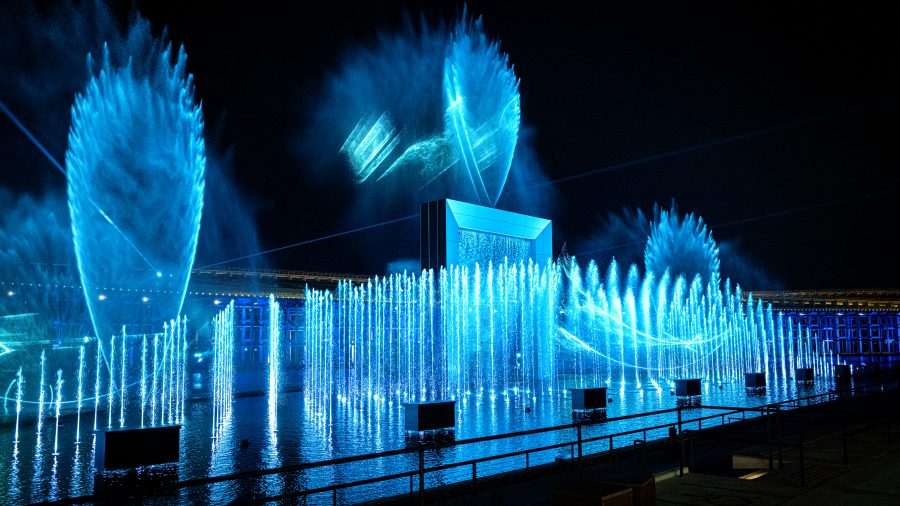
— That’s wonderful! What sort of request did you receive when you were asked to start this project?
The initial request came in November 2021. Even I was surprised to realise it started that early. It began when SUNTORY and DAIKIN asked me to come up with a concept for the water show they would sponsor at the next Expo. The scale was so massive that it was hard for me to wrap my head around their request.
— That far back! Had you done this kind of show before?
Not at all [laughs]. But I’m pretty much always doing things I’ve never done before, so I wasn’t too anxious. I directed the Opening Ceremony of the Tokyo 2020 Paralympics, which was a big project, but it didn’t include fountains. I had actually never seen a fountain show before. So, I started by researching fountain shows, stage equipment, and the Expo itself.
I went to see all kinds of fountain-based productions around the world, including Disney and Las Vegas. I noticed that many of the shows overseas focused on maximising the height of the fountains and the scale overall. In theme parks, they were almost all tied to existing characters and intellectual property. There were not very many shows that used fountains like a stage setting and incorporated them into the storytelling.
There were also few shows that attempted detailed storytelling like in anime or movies. To be honest, many felt bland. I remember thinking that if I could create a stunning fusion of fountains and narrative, it could be something entirely new.
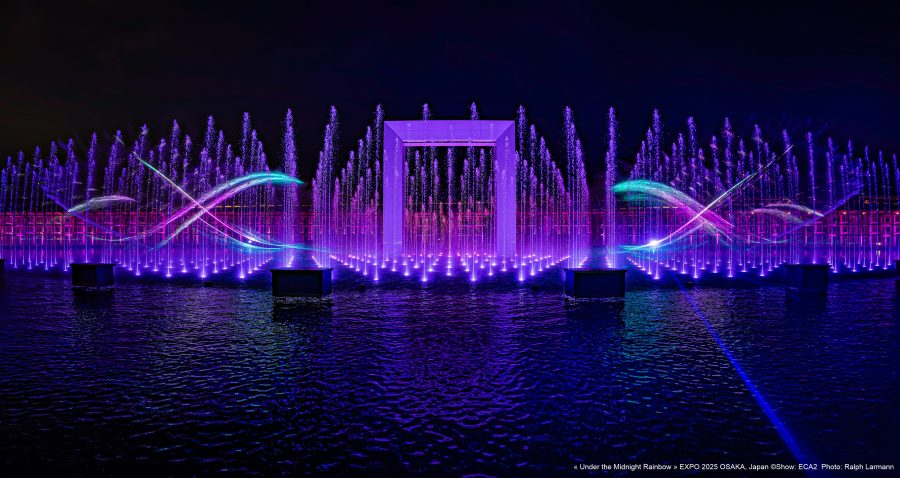
— Unlike a completely independent project made purely for entertainment, this project involved two corporate sponsors. How did that affect the creative process?
Having SUNTORY and DAIKIN—companies involved with water and air—as sponsors was truly a blessing.
In my work, I often use nature as a motif or as the starting point for ideas. For example, the wind was a key element in the Paralympic Opening Ceremony I directed. When I use technology in my creative work, I tend to think about the essence of nature instead.
The philosophies of the two companies—“Living with Water” and “Solving Social Issues with Air”—resonated with me deeply and gained my respect. That made it very easy to develop the concept.
Also, both companies strongly believed in the potential of creativity, which made working with them a real pleasure.
— Water and air are very fundamental elements. This seems like it could actually make them a difficult subject to create a show around.
We deepened our understanding of “water and air” from many angles including natural science and Earth history. Through that, we gained many insights.
One thing we realised was that ever since giving birth to the first living things on Earth some 4 billion years ago, water and air have continually circulated the planet, witnessing the entire history of life.
In Japan, we have a long history of using animism in entertainment and education.
If we were to anthropomorphise “water and air,” they would have existed long before humans, observing the Earth all along.
In “Under the Midnight Rainbow”, the story is about Ao encountering extinct creatures on a miraculous night when a rainbow appears. It’s precisely a story of a chance encounter with “the memories of water and air”.
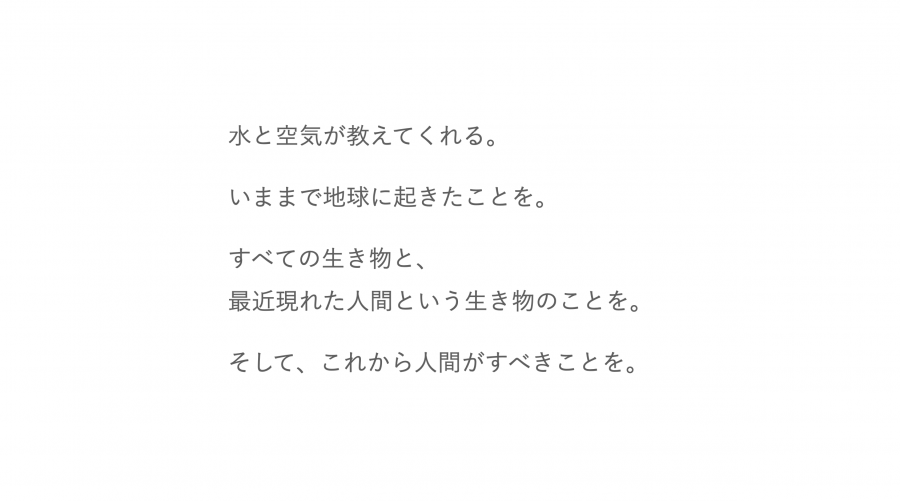
Excerpt from an early-stage proposal document:
“Water and air can teach us.
About the history of our planet,
about all living things,
and about the most recent arrival: humans.
And they can teach us what we must do next.”
— That’s a magnificent concept. The motif of the night rainbow was especially romantic and wonderful.
The idea of the night rainbow actually came from an online news article I happened to stumble across.
I’d been struggling to find a strong key visual that would symbolise the entire show, but by the night before our pitch presentation, I had run out of time. After finishing the script and the written proposal, I saw an article saying that a night rainbow had been seen over Ishigaki Island for the first time in six years.
I looked up what conditions create a night rainbow. It turns out it requires a night with high humidity, a clear sky and a bright moon. An image of animals, insects, and all living things joyfully dancing under this miraculous night sky in a world like in “Scrolls of Frolicking Animals” [a set of 12th and 13th century picture scrolls] popped into my head. And I thought, “A rainbow is a natural miracle born from water and air.”
I rewrote the script and proposal in about two hours. Everyone on the team was shocked.
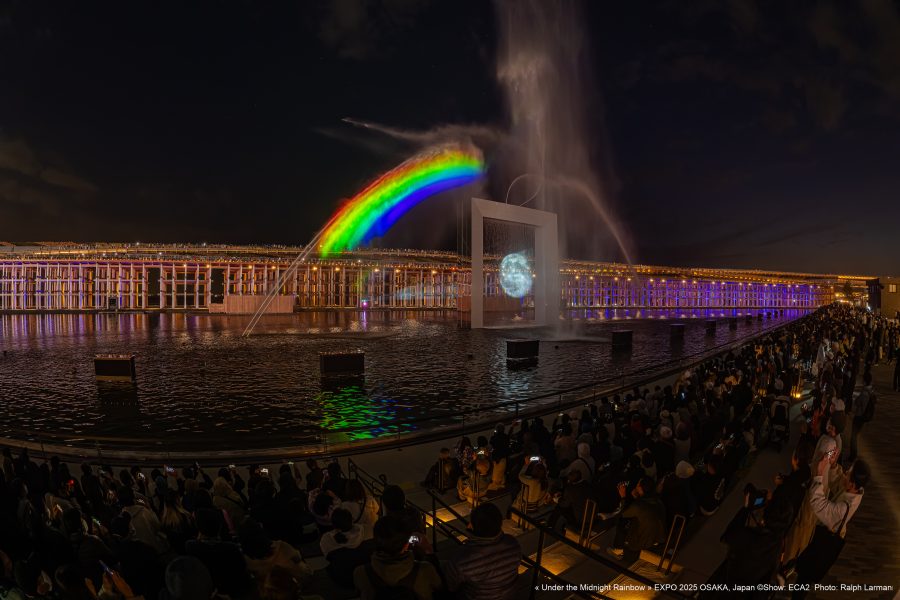
— That’s a dramatic story in itself. Let’s talk about the direction of the show. The very first forest scene was visually stunning and unexpected.
For spatial direction, I worked closely with ECA2, a French team, as well as a Japanese design team I trust deeply. Every member of the team brought ideas to the table based on the story I had written and we all explored solutions together.
Tara, a laser designer, was a key contributor to the use of lasers across the whole space.
What we focused on was how airflows and moisture levels in the atmosphere drastically change how the lasers and projections look. No two days are the same.
One of the key features of the show is how it is born from a fusion of nature and design.
— I see it’s a show based on nature. Did you ever consider producing this only with a Japanese team?
No, I didn’t. Event Producer KOHASHI Kenji and I share the same opinion on what it means to be Japanese.
Partly due to being an island nation, Japan has always built its culture while absorbing outside cultures and transforming them into something new. This is one of Japan’s strengths.
So rather than limiting ourselves to only the perspectives of Japanese people, because this Expo is being held in Japan, we felt it was more “Japanese” to incorporate diverse viewpoints and create something new.
— The atmosphere of the show’s world changes constantly and feels so diverse. I was blown away by the dragon scene.
That’s one of my favourite scenes, too. International visitors always dance and cheer during that part [laughs].
That scene is very important. The dragon represents the forces of nature—natural phenomena far beyond human control.
This is also part of the history that water and air have witnessed on this planet.
Humans often think they can control everything, but we’re no match for nature.
Rather than trying to have people understand that intellectually, I wanted them to feel it on a physical, instinctive level.
That’s why I chose to express it in such an overwhelmingly powerful way for that scene.
If you haven’t seen it yet, I highly recommend sitting up close and experiencing it for yourself.

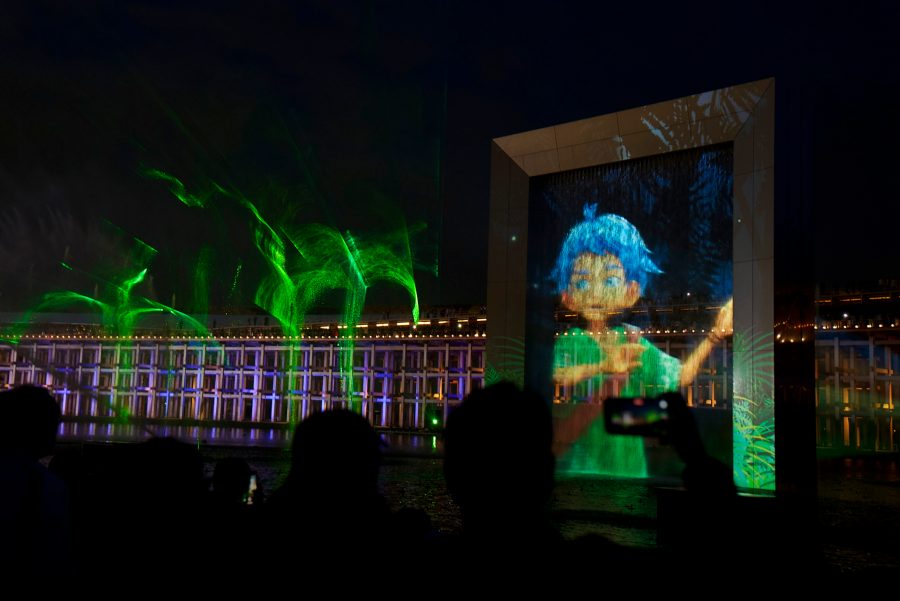
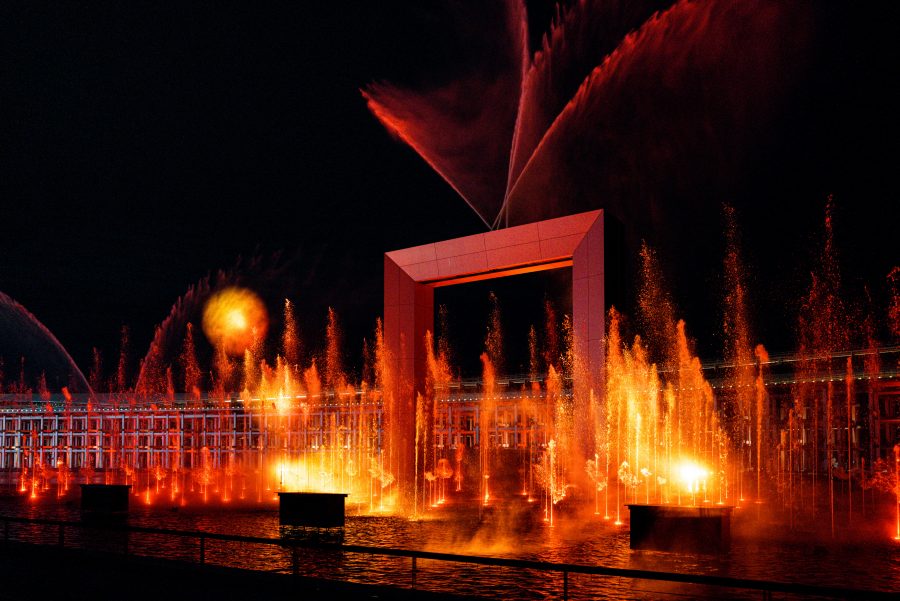
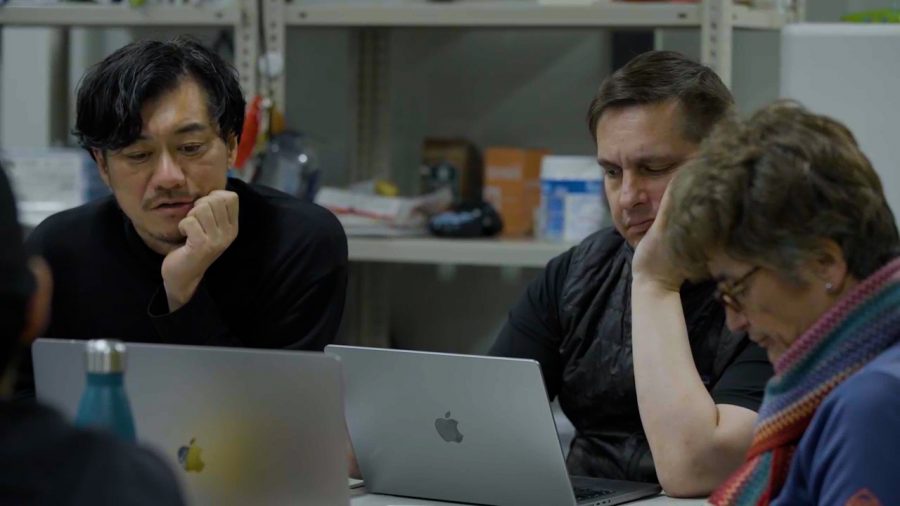
— From a creative standpoint, did you consciously aim for something Japanese?
Not in the sense of stereotypical, traditional design motifs. But in terms of approach, yes, very much so.
In the fountain show world, it’s typical to compete by adding more—more scale, more lights, more effects.
But this time, I focused on subtraction. The moments of silence and stillness are also important. For example, the scenes where Ao walks through the forest and after the dragon sequence are unusually quiet for a spectacle show.
By deliberately pulling back, I aimed to spark the viewer’s imagination.
Also, instead of using giant fountains, we arranged small-scale jets in a grid pattern, which is something rarely seen in fountain shows.
My background is in media art and technology, where there is this concept of kinetic design.
I thought it would be interesting to apply that concept to small fountains.
This kind of delicate, thoughtful design may reflect a Japanese sensibility, as does the idea of personifying water and air.
— The projected animations also made me proud as a Japanese viewer. It felt like a tribute to the land of anime and manga.
It was essential to me to integrate storytelling and animation. But that decision brought a lot of challenges, too [laughs].
— What kind of challenges?
In film or music videos, you can convey extremely fine emotional nuances and minor events in the plot, but with this kind of spectacle show, that’s almost impossible.
The whole show is just over 20 minutes long, and we can only actually project video for about 5 minutes of that.
— Wait, only 5 minutes!?
Yes. So, we had to put in a lot of careful thought and calculation to create a script that could convey the core of the story in such a short timespan.
— Still, many people say the story moved them deeply.
Yes, and I’m very relieved that we were able to achieve that, even though it was a tough challenge.
While we do offer multilingual support via smartphone, I really wanted the story to move people even without language. I’ve seen many international visitors tear up while watching, so I think we achieved that.
The animation and CG teams worked incredibly hard. I was very particular about everything, but MAKINO Atsushi, Mont Blanc Pictures, KOYANAGI Yusuke, and our producers worked really hard to bring it all to life.
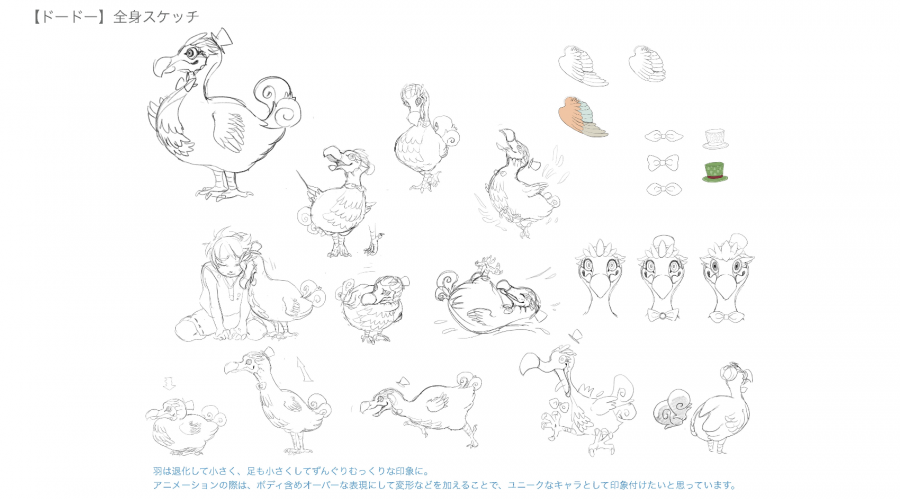
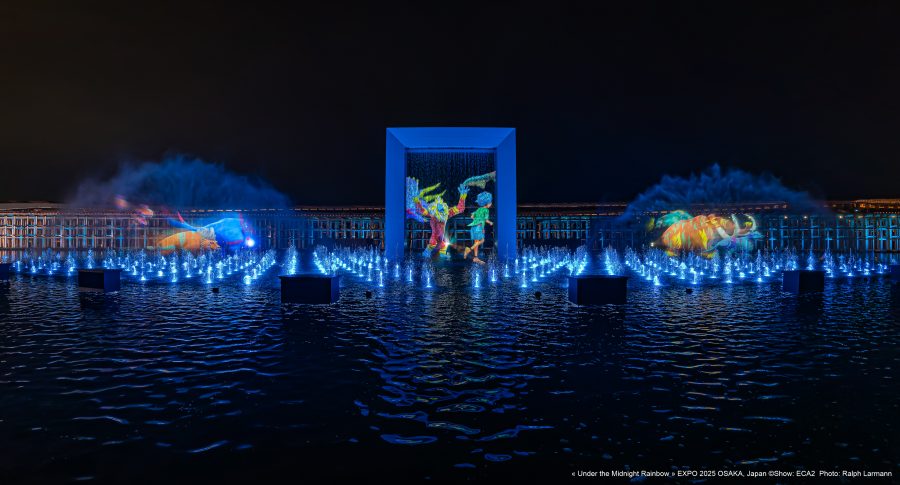
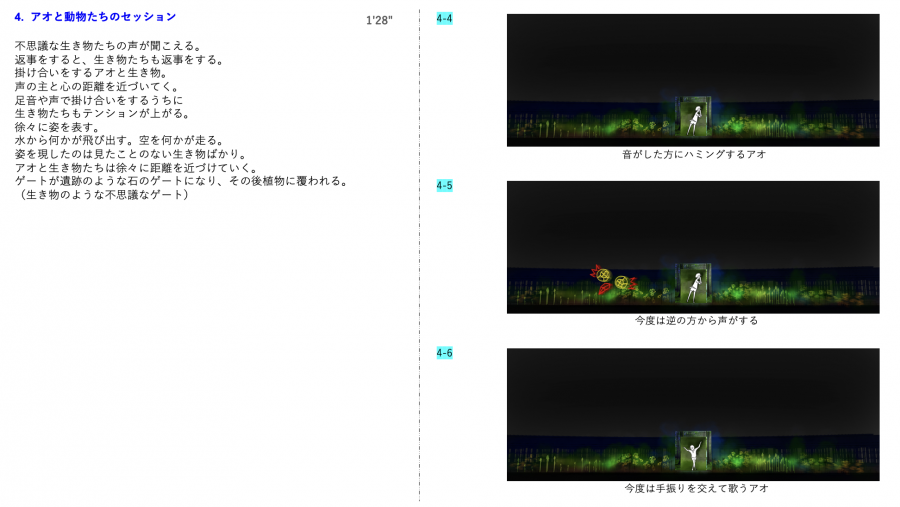
— The voice cast is also incredible. The dodo’s Kansai dialect has been especially well received. You chose NATSUKI Mari, TOMOCHIKA, and MOURI Hana—all women. Was that intentional?
Actually, no, it wasn’t intentional. That’s just how it turned out.
Let me start with the main character Ao’s voice. From the beginning, I wanted this show to resonate with children.
I wasn’t born yet during Expo 1970, but I’ve seen how adults’ eyes light up when they talk about it.
That made me think, “I want this show to be something kids today will never forget.”
And just like the last Expo, I hope that it will positively influence the future somehow.
After all, when we talk about the “future,” the true stakeholders are children. So, for me, they were always the main audience. That’s why I didn’t want Ao to be voiced by an adult professional—I wanted them to feel real.
We held auditions, and that’s how we met 15-year-old MOURI Hana. She is amazing at both singing and acting.
Because we made that choice for Ao, I wanted the dodo and the grandmother roles to be played by performers who could bring depth and weight to the story through their presence and skill. At the same time, since this is being staged in Osaka, I wanted to include some of its unique DNA somewhere.
— Hence, TOMOCHIKA!
Exactly. I’ve always liked her comedy sketches, especially when she plays middle-aged men.
The dodo is the one comedic character in this show, and I thought it’d be perfect if it felt like a lovable old guy.
As for NATSUKI Mari, I wanted someone with a grand presence to draw the audience in during the show’s opening.
Both she and TOMOCHIKA agreed immediately when we offered them the roles.
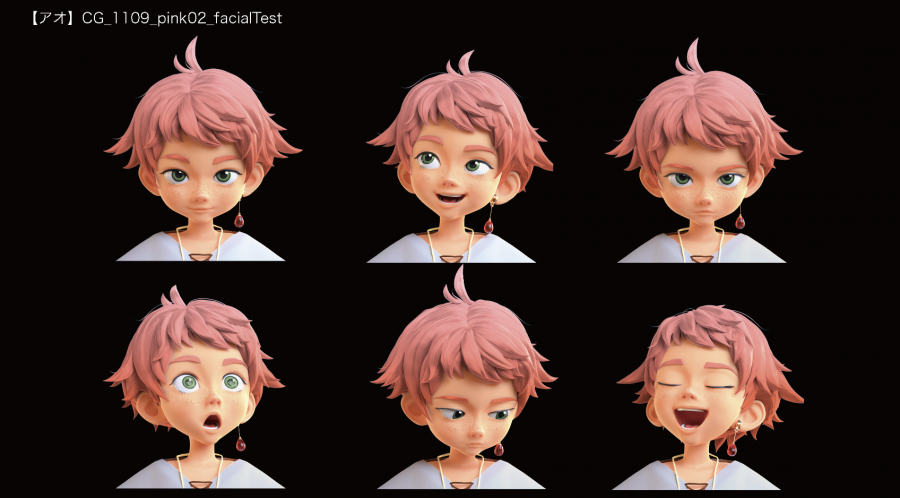
— The music was phenomenal. Please tell us more.
Having KANNO Yoko Kanno compose the music was a huge part of the show’s success.
This is actually the second time we have worked together. We previously worked together about ten years ago.
Her musical depth and versatility are unmatched, but she’s also a wonderful person with an open mind and willingness to try new things. She gave us so many ideas.
One of the biggest ones was designing music that could transform fountains into expressive tools. I had originally envisioned using 300 fountain heads as if they were a stage set, but KANNO-san created a sound design that transformed them into a performance and elevated the entire show to another level.
One of my favourite moments is the early scene where the fountain jets move in sync with animal sound effects.
Every piece of music she wrote was beautiful and really multiplied the emotional impact of the show. The soundtrack is truly wonderful, so please give it a listen!
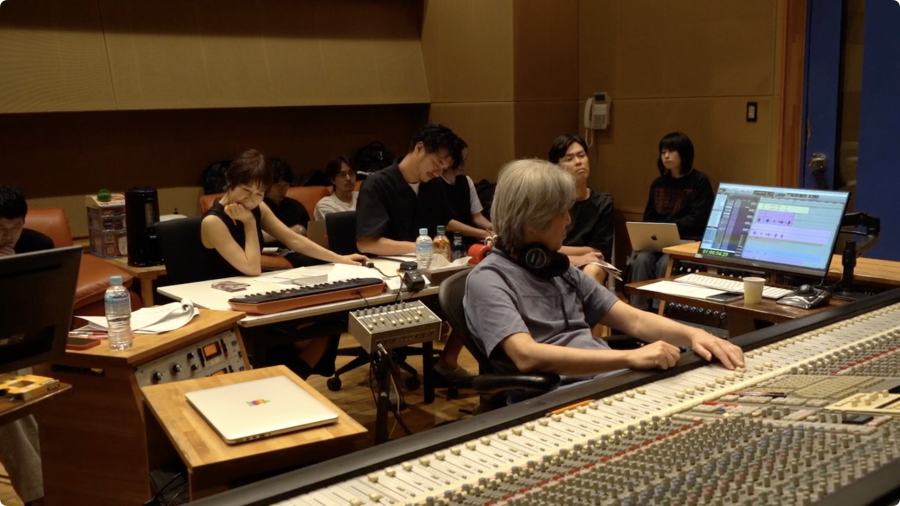
— How did it feel to be creating something for such a special setting as a World Expo?
I spent three and a half years wrestling with that question and trying to understand what an Expo really is.
As I researched the history, I realised that the purpose of the Expo has evolved over time. A hundred years ago, it was about sharing culture and knowledge. Later, it became a showcase for technological progress and prosperity. I read in a book that there have even been Expos that were cancelled after heated debate over their necessity.
So, what does an Expo mean in 2025, in our current age?
My answer is: “It’s the last place where people can gather in real life to think together about the future and the challenges we face.”
The future isn’t something to show; it’s something everyone should think about together.
There are things you just can’t replicate online.
I wanted this show to act as the “centre” that draws people in, like the “yagura” (raised platform) at a traditional Japanese festival. Our intention was to create an opportunity for many people to share a moving experience, reflect on it, and spark discussion.
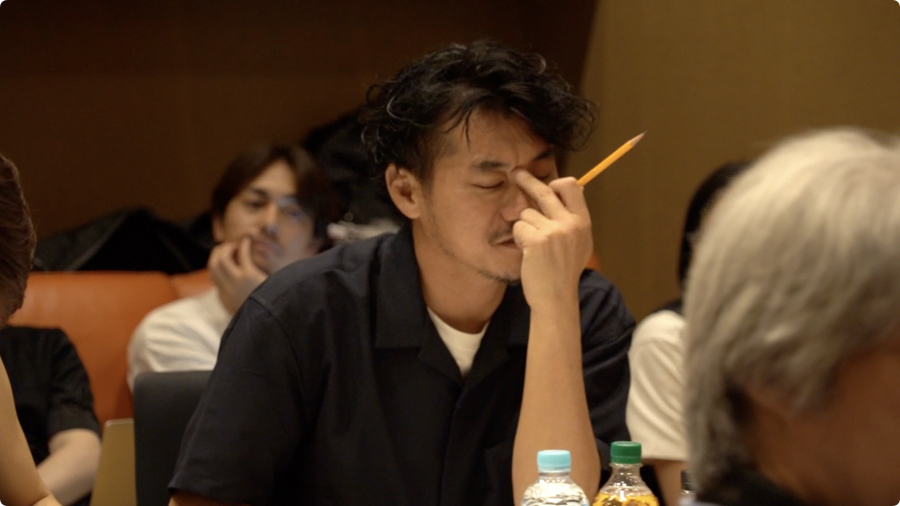

The image shows a phrase from the original project proposal, written in Japanese:
“The future is not something to be taught, but something we should encourage people to think about themselves.
From the proposal materials, TANAKA was committed to creating a place for people to think for themselves.
— So an Expo is just a venue. That makes perfect sense. What was the one thing you most wanted to convey through this show?
When I took this job, the Dubai Expo was just wrapping up, so I flew over right away.
The SDGs were everywhere. Every pavilion focused on how to solve global challenges such as the environment.
But I felt a little uncomfortable by it all.
— What do you mean by that?
The 17 SDGs feel like these huge, daunting goals, don’t they? But at their core, I think they all boil down to the idea that we should be considerate of and care for other lives, including humans and other living beings. Peace, the environment, gender equality—all of it comes down to that.
— I see what you mean.
So, I figured Expo 2025 might be full of complex pavilions addressing difficult topics.
In contrast, I decided this show should convey one important message.
— That we should cherish life beyond ourselves.
Exactly. And I thought that water and air were the perfect messengers to convey that. After all, on this planet, we all share the same water, the same air.
There’s only one water. One air. One Earth.
— That’s such a beautiful message.
I actually wrote that line in my very first pitch document three years ago.
There’s so much we can learn from water and air.
They give birth to life, they sustain it. That’s why we need to protect the natural world they belong to.
— It’s a really wonderful show that is both fun and has a message. What’s striking is that your work always prioritises joy over realism.
I’ve always valued what I call “Playful Solutions.”
Not just solving problems, but solving them in ways that are fun.
Instead of just shouting and forcing change, we can harness the power of joy and excitement. And “hope”. Hope is the strongest force we have. I think that hope is always what has propelled humanity forward.
More than rules or obligations, it’s hope that helps us take the next step.
I poured that belief into this show. I hope people will come, see it with their own eyes, and feel something real.
— Thank you so much for sharing your journey today.
Thank you. And while I couldn’t name them all here, I’d like to express my deepest thanks to everyone who made this show possible.
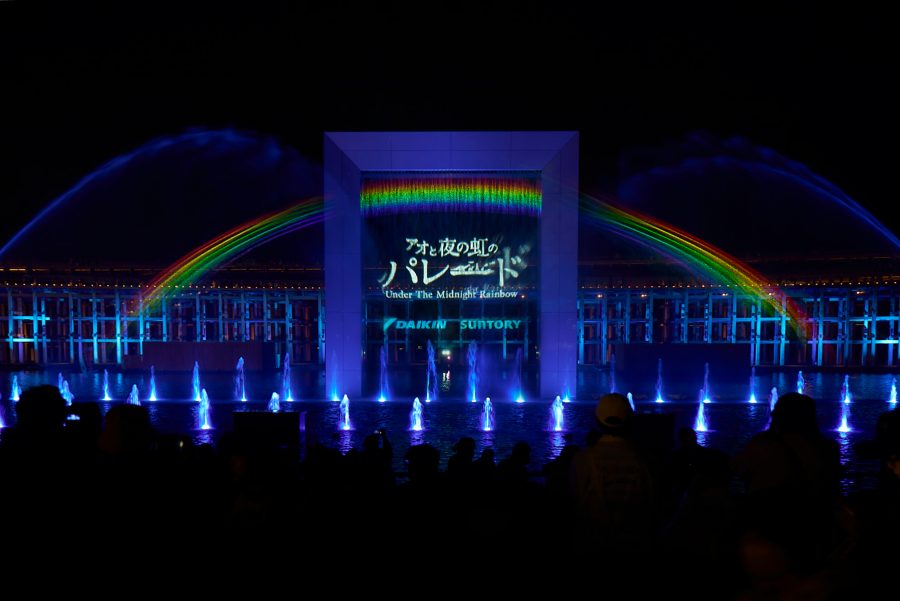
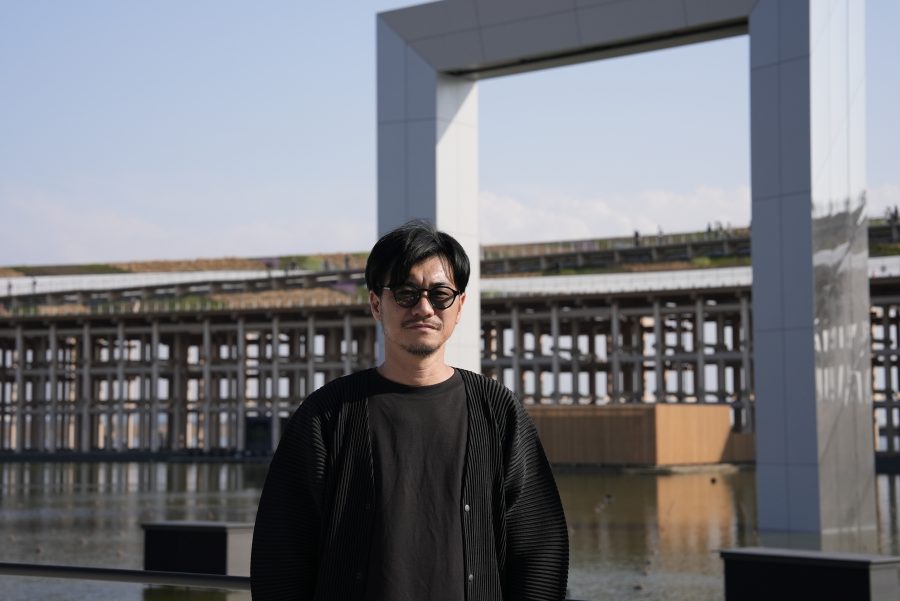
TANAKA Naoki
Creative Director
A creative director known for freely fusing language, design, and technology to explore new forms of expression and experience. He has continued to produce works that are borderless and powerful in expression both in Japan and abroad, including the “PARAde of Athletes” for the Tokyo 2020 Paralympic Games and inclusive creative projects like “All Players Welcome.” He was the first Japanese recipient of the THEA Catalyst Award, a prestigious honour in the international entertainment industry. He was selected for Forbes Japan’s “NEXT100: 100 Hopes to Save the World.”